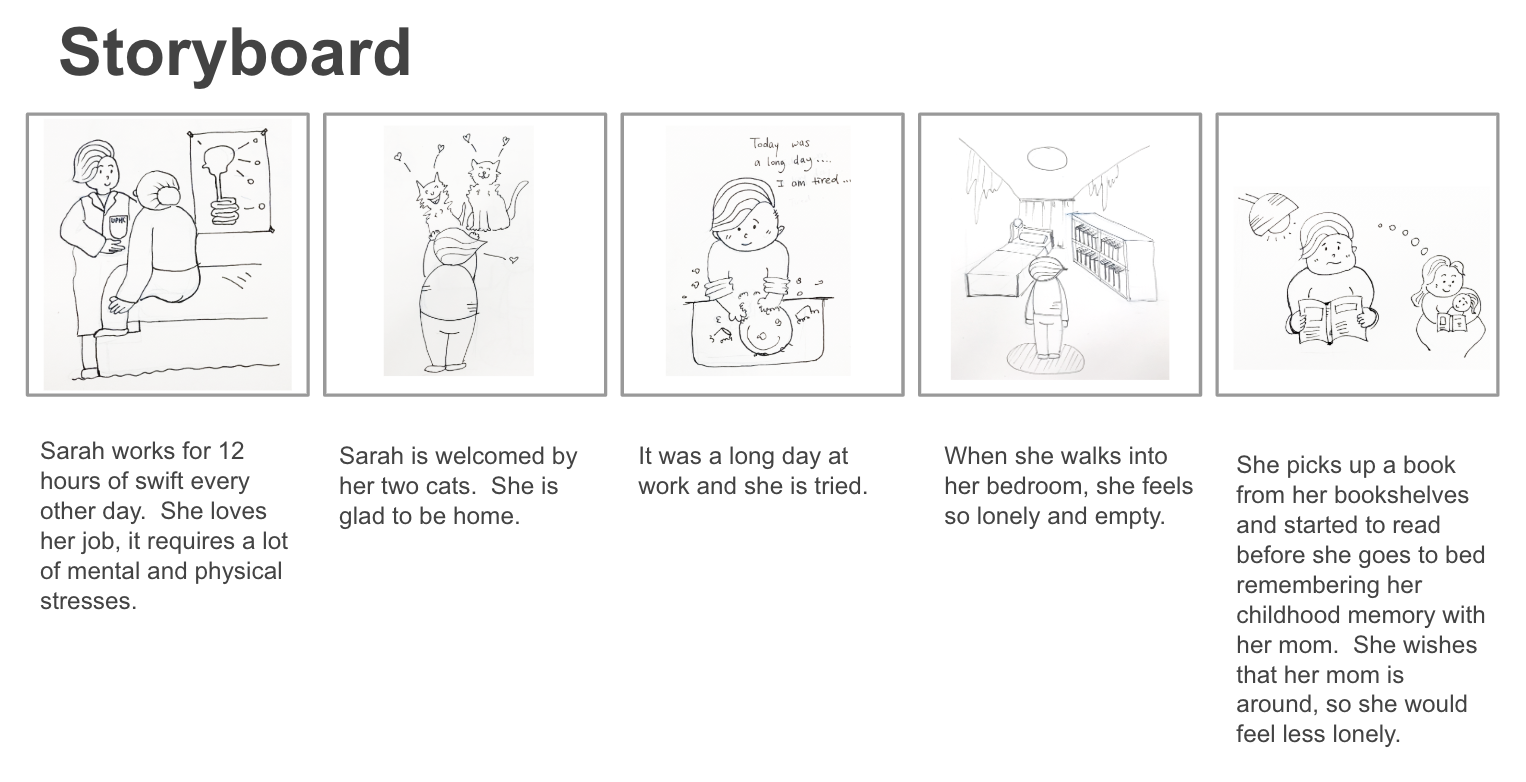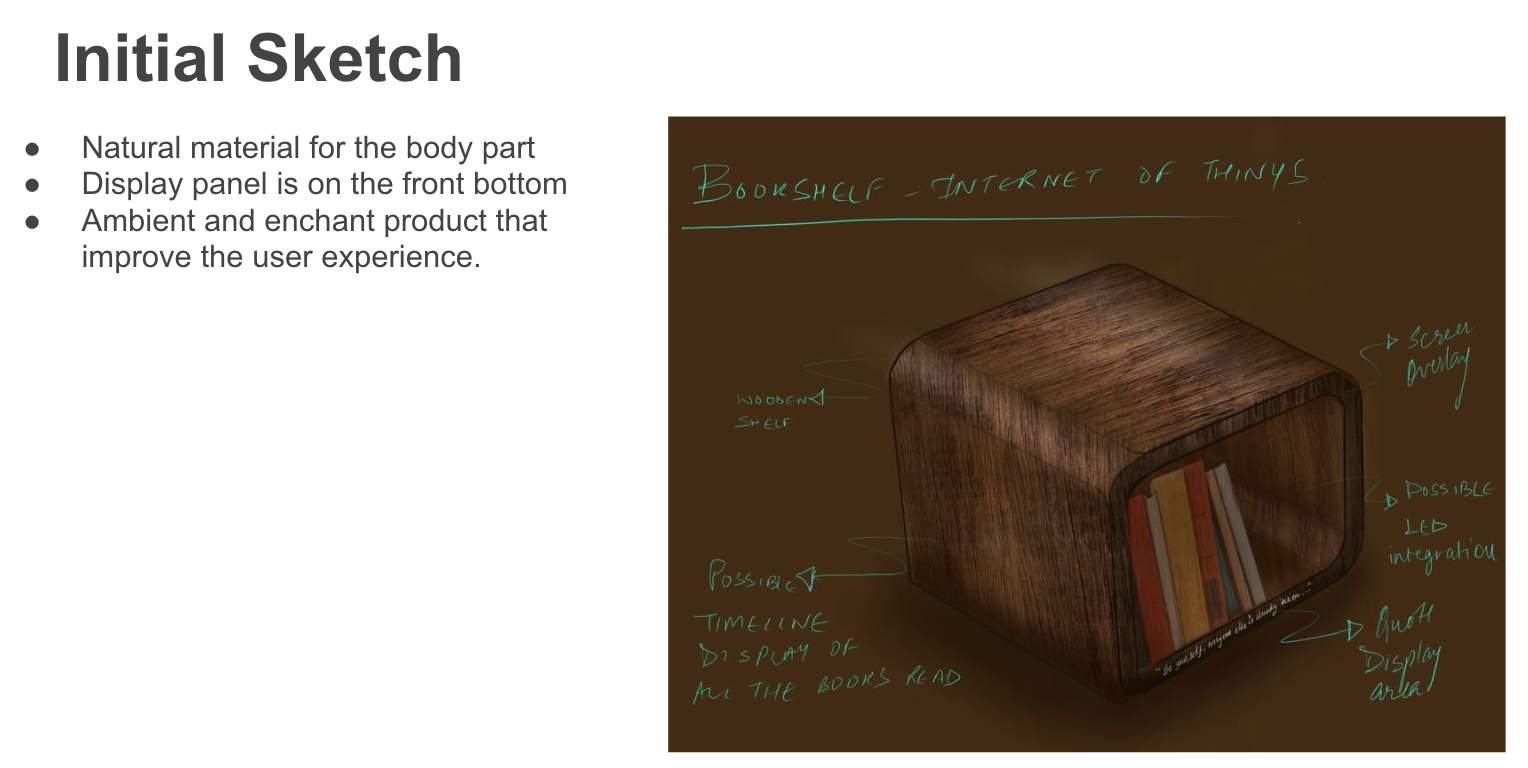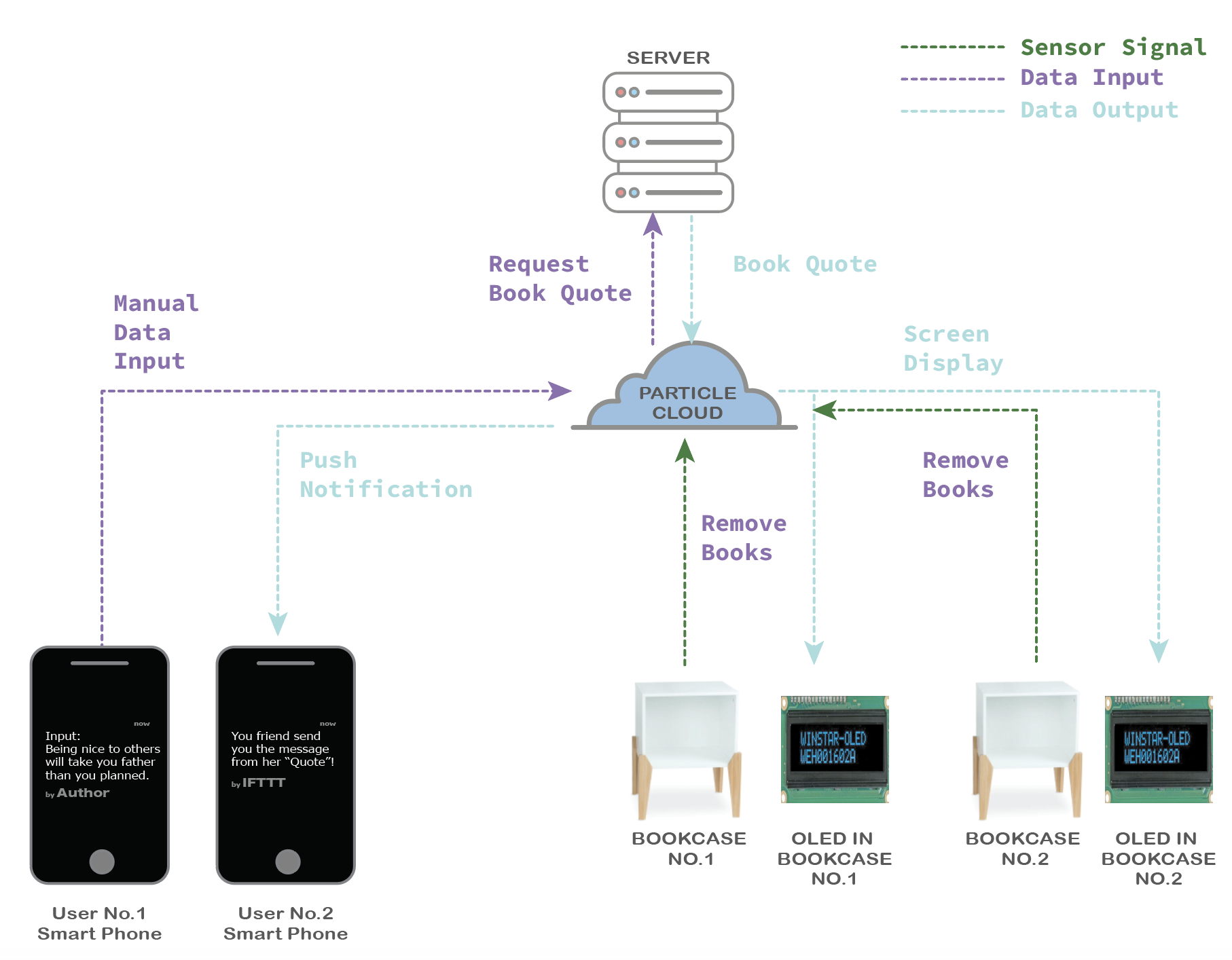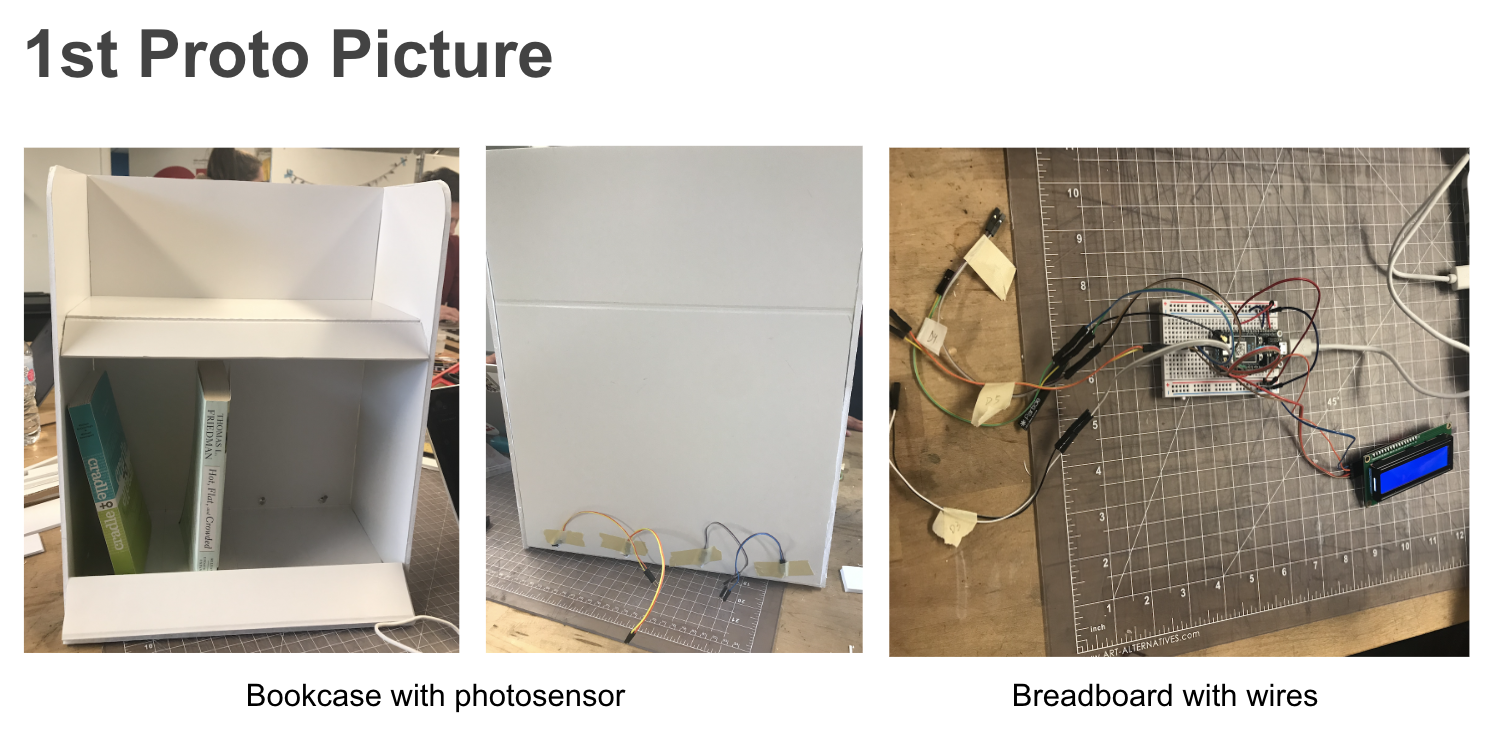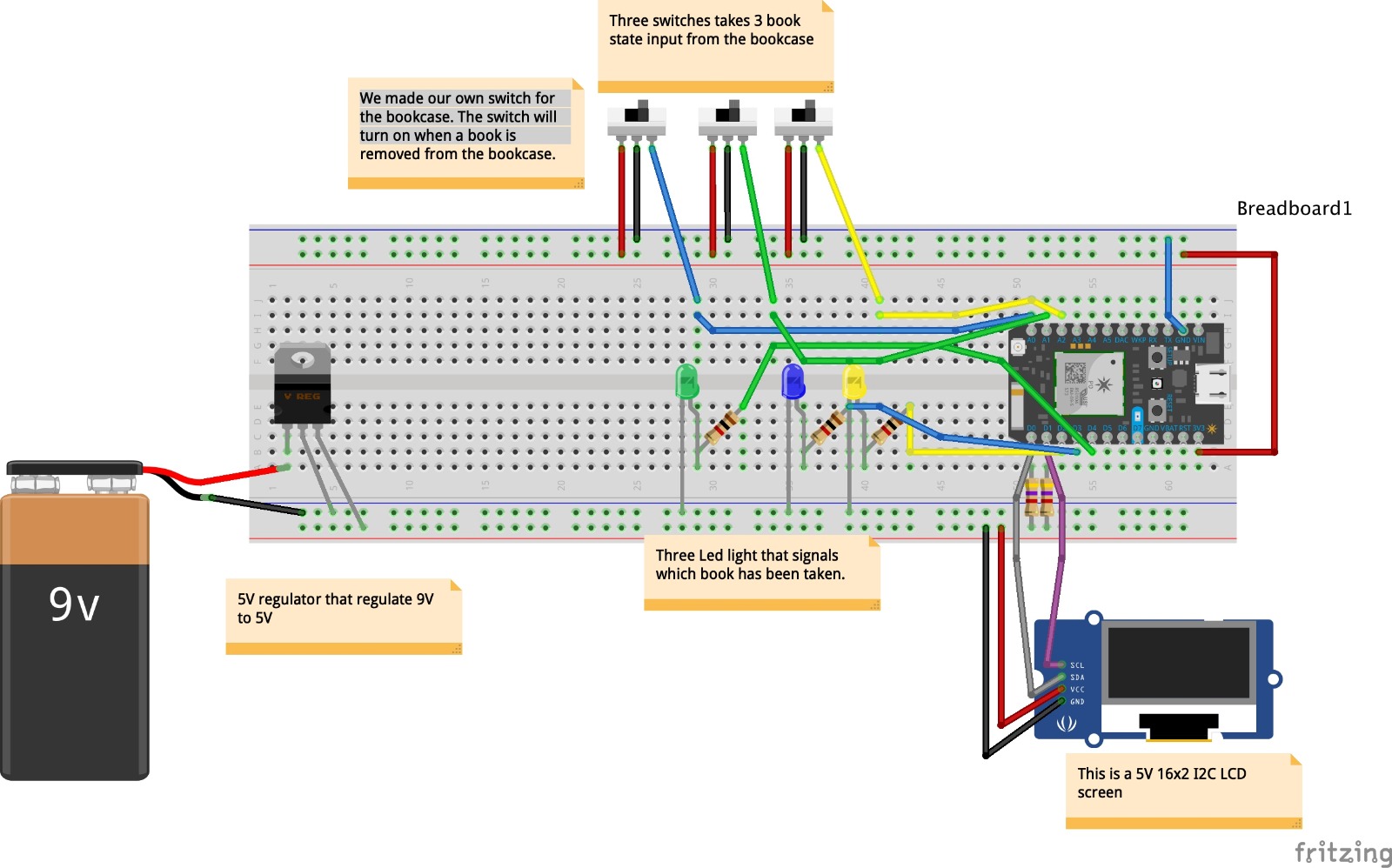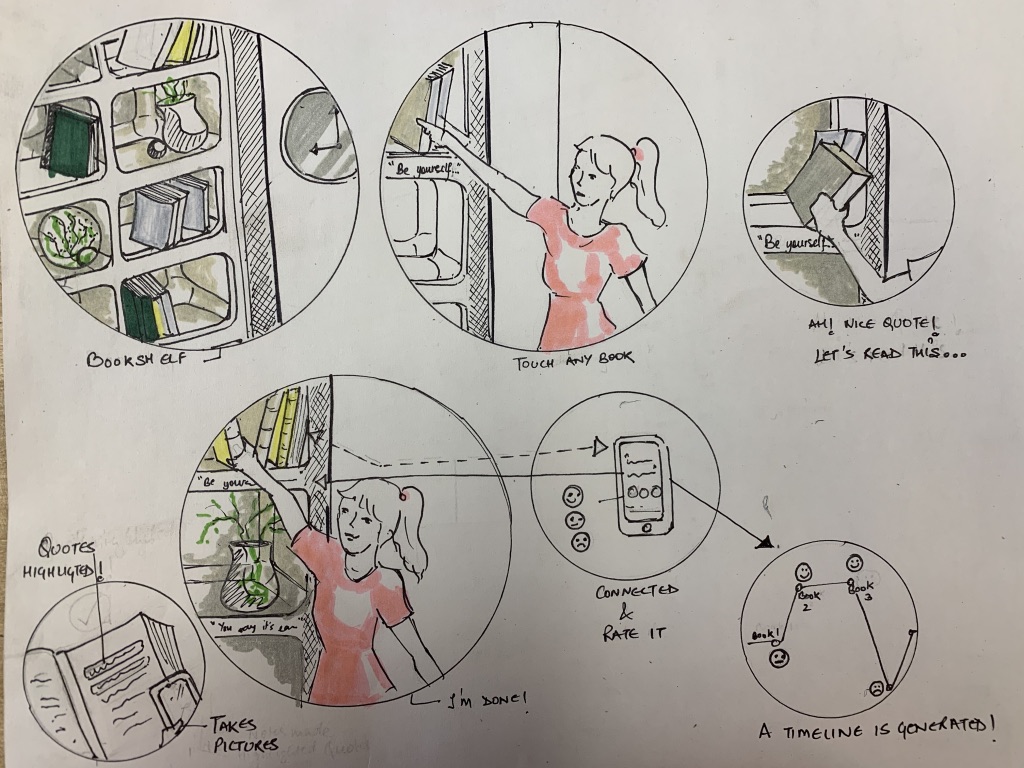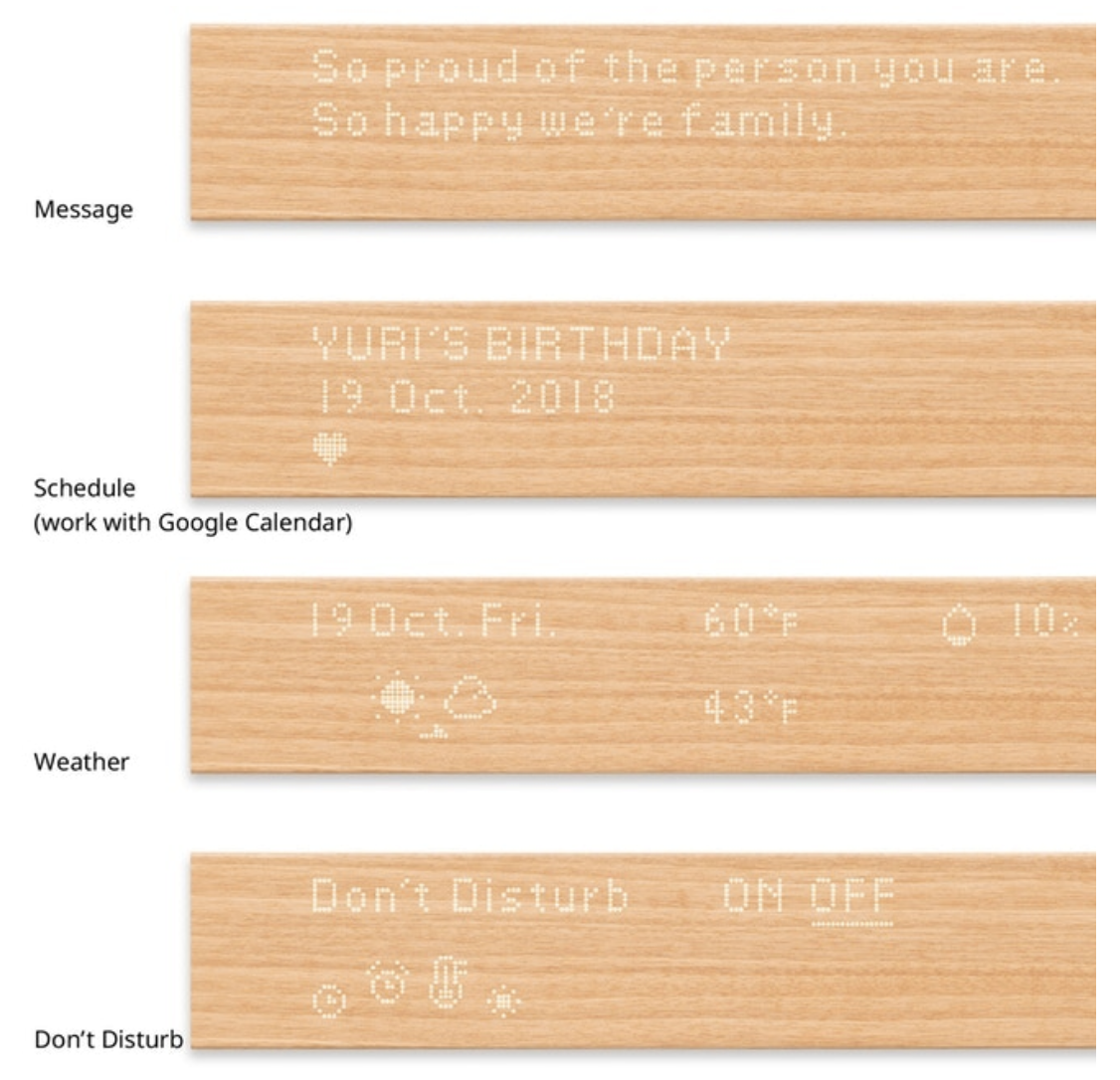Team Project Reflection
As part of this group project, we were assigned the task of creating a group presentation in which we would design one of our friends about a chosen IoT topic. My group was able to build and present a successful presentation by building a smart bookcase that connected to a cloud system, creating a prototype, and iterating the sample based on the user test.
Through this project, our team learned about several factors of collaboration that need to be in place in order for a group to smoothly and successfully reach our final goal. One of these aspects is good lines of communication. At the beginning of the project, we did not divide the job clearly and communicate closely or share the necessary information among team members.
After we experienced a rough start, our groups divided the workload among members clearly to move closer to the final goal and were able to accomplish our final goal on time. We have learned how to fulfill each assigned role according to the group's established timeline.
Next time, we all hope to be flexible with each other's ideas to determine what would work for the project or how to make something work even better as a team.
It was a great learning experience.
